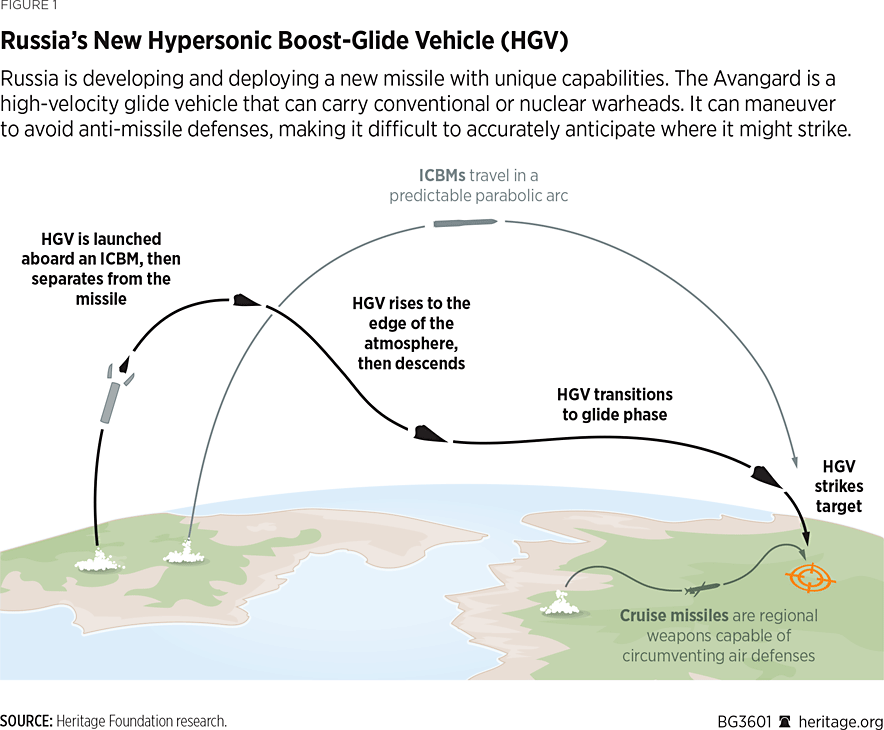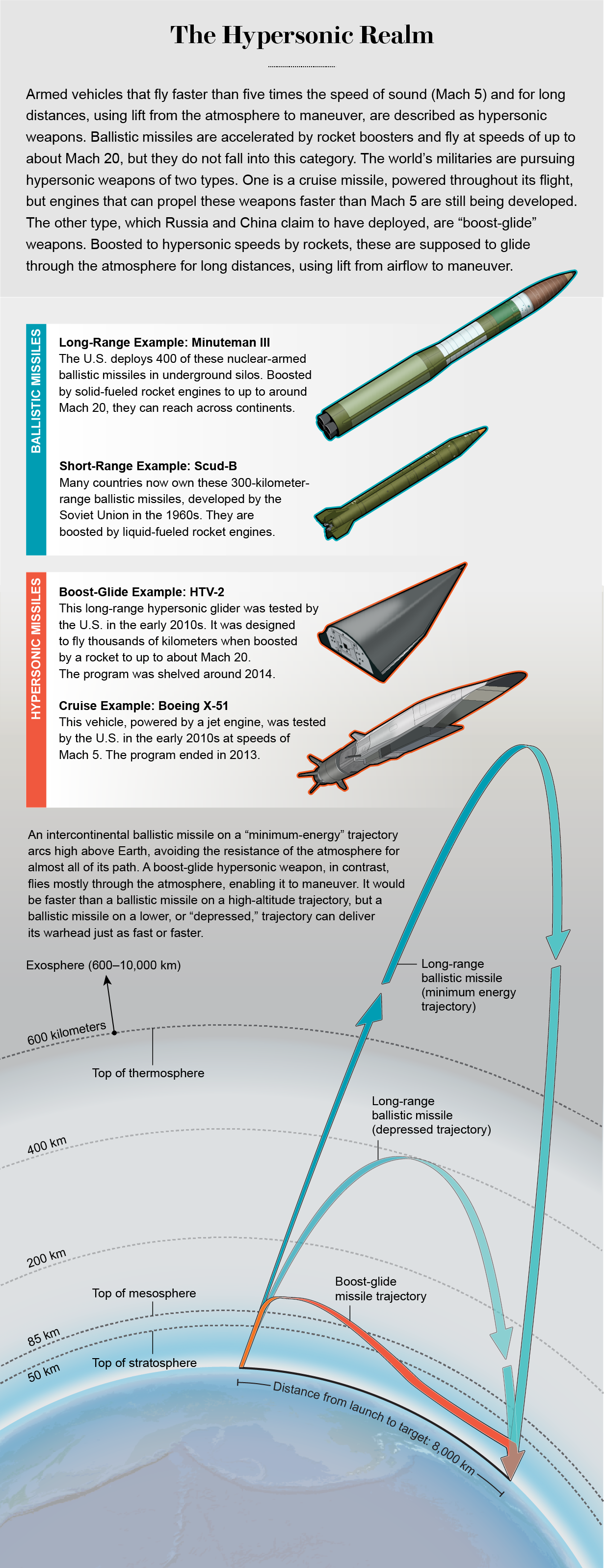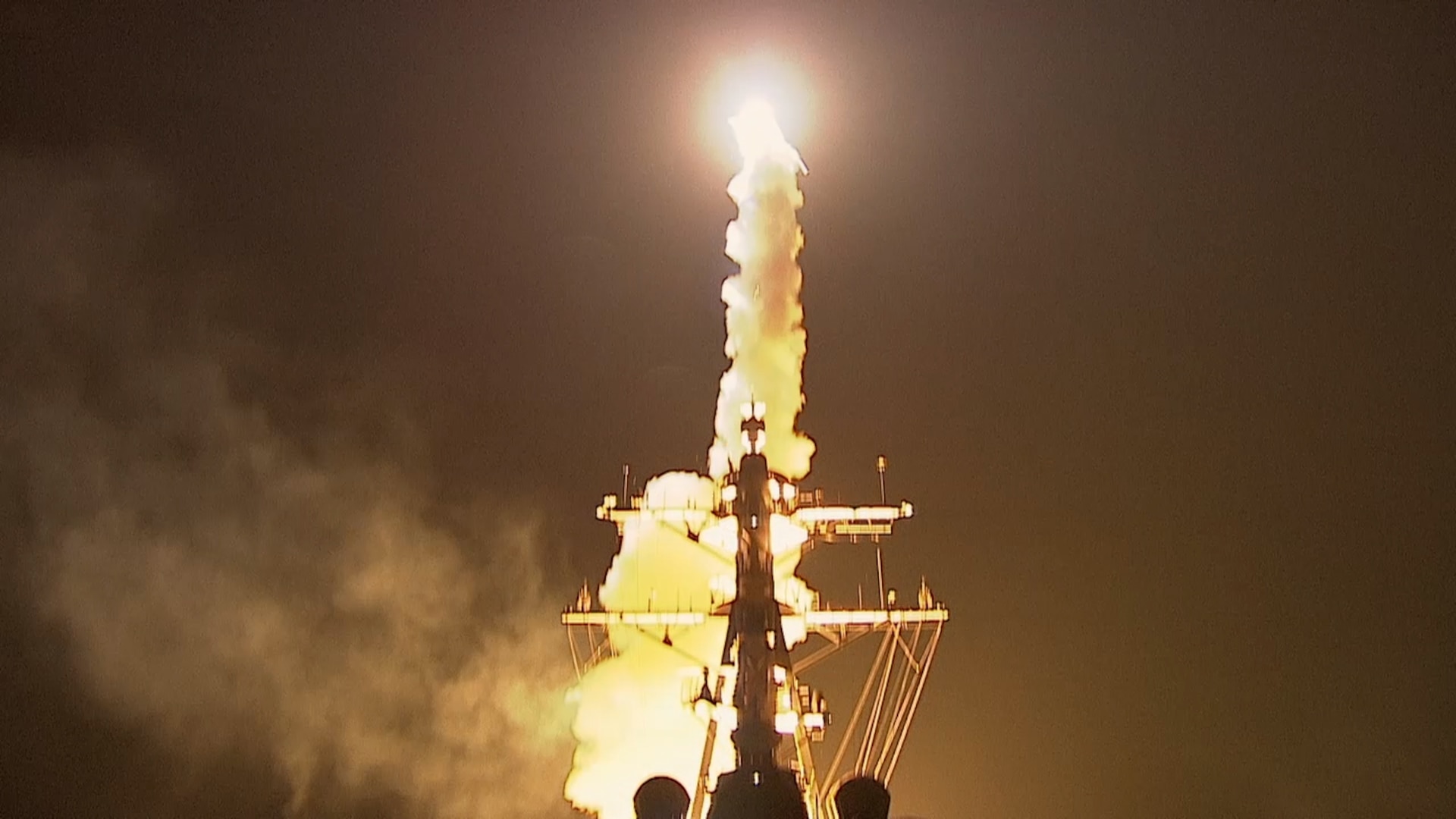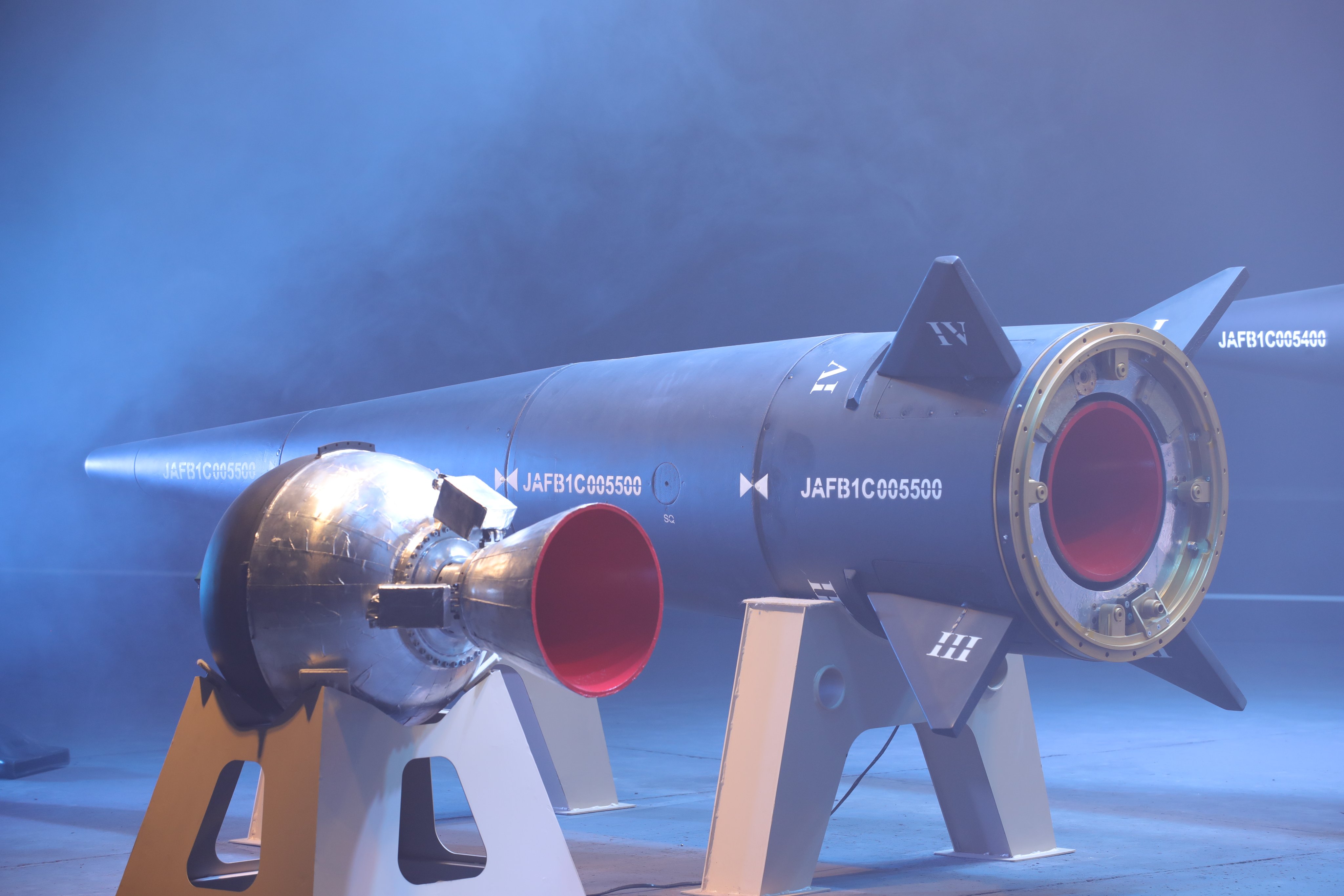Foinikas
ELITE MEMBER

- Joined
- Aug 2, 2021
- Messages
- 12,704
- Reaction score
- 4
- Country
- Location
Watch your language.
Follow along with the video below to see how to install our site as a web app on your home screen.
Note: This feature may not be available in some browsers.

Watch your language.

What do you mean by quality?Quality?

Watch your language.

Yeah yeah your air force will kill f22/F35 in war with your mighty bavar and you can destroy carrier battle groups anywhere in middle East and we we have no defenses against your so called Mega weapons lol

I always believe that Iran and Türkiye are the best Islamic countries, and Assad from 2011 to 2014 is the most capable Islamic politician.

Watch your language.

Ok guy. Iran number 1 guy.You have not idea guy, in every post you write, you are very naive and try to fool iranians here, guy, your country is the most weak of europe and you talk about Iran quality weapons, a lot of countries wants to buy Shahed-136 game changer and winner of Russia ukraine war, and still trying bad to fool iranians. man this is foolish on your side.

Ok guy. Iran number 1 guy.

I wonder why we want attack KSA air base , when Mohammad Bin Salman and Trump made the deal on the weaponry we stated we are not worried with them as we knew they won't be used against us and they will be used against a certain entity in middle east if they get usedIt is impossible to intercept this 1400km range hypersonic missile and it can hit Prince Sultan Air Base in Saudi Arabia in 4 minutes and Ramon Air Base in Israel in 6 minutes with precision of 5m and speed of Mach 15.
This means that 300-400 such missiles can neutralize entire Israeli Air Force with their F-35s in their hardened shelters in a sudden unexpected strike in just 6 minutes.
Saudi Air Force and US Air Force in Saudi Arabia will be extremely vulnerable as well.
Iran has Khayyam Satellite in orbit, but if necessary Russia or China can provide real time images of hostile air bases in the event of collision between the US and Iran.
I wonder what is the cost of this missile?
Ramon Air Base in Israel
View attachment 933306
Prince Sultan Air Base in Saudi Arabia
View attachment 933308
View attachment 933309

Shooing down a ballistic missile is on paper relatively straight forward, even if it travels at mach 100. If you can detect it and predict its trajectory then you can in theory shoot it down.



 www.globaldefensecorp.com
www.globaldefensecorp.com
How are you exactly planning to do that today with a hypersonic glide vehicle/ a missile whose warhead is constantly manoeuvring via pseudo random manoeuvres? You appear to be under the impression that US being able to shoot down ICBMs means it can currently shoot down systems like Fattah. These are different systems entirely.












We should not confuse systems like Fattah with khinzal. Khanzal is in reality 'just' an airborne ballistic missile, it's in a way just an air launched islander. Missiles like Fattah are a completely different animal. This is even assuming these claims about them downing khinzal are even true, which I am dubious of. But if they shoot them down, I am not surprised, it is more or less a 'ballistic' missiles which patriots can shoot down. Khinzal is not avangard, which is a 'true' hypersonic weapon in the way people talk about these systems today.



 spectrum.ieee.org
spectrum.ieee.org




Do I think these missiles can never be countered? of course they can. Point is, US, or anyone else for that matter does not currently possess the means to reliably counter these systems and will not for a least the next 10 years. The issue with countering these systems is even on paper it's hard to come up with a way.

From 2011 to 2014, the Syrian govt army faced a desperate situation, but Assad's response was excellent.No, just Iran is the best. Turkiyeh is strong but they don t make things to international level. And about Assad, He just talk and talk nice, but he does nothing, Syria has no resolute position.
Muslim nations needs resolute leadershipt,not talkers, people that means beef the best arab politician i remember was the egyptian Nasser, he was resolute he gets Sinai for Egypt.

Shooting down a ballistic missile has been a challenging prospect throughout the Cold War.
Soviet's first Intercontinental Ballistic Missile (ICBM) test followed by Sputnik launch in 1957 convinced United States (US) to develop Nike-Zeus system, which was equipped with nuclear-tipped interceptors. Nuclear explosion compensated for lack of accuracy at the time. US decided to improve Nike-Zeus system under Nike-X project but it was cancelled due to ballooning costs in favor of the Anti-Ballistic Missile (ABM) treaty with Soviet Union in 1972.
But US has shown a considerable leap in computing technology, radar technology, rocketry, and satellite sensors since 1972. All of these advances are coming together to realize and produce incredibly sophisticated air defense systems that can detect, track, and intercept different types of missiles with "precision." Americans describe this process as being akin to hitting a bullet with bullet.
US withdrew from ABM treaty in 2001 and has developed a number of air defense systems that have verified capability to intercept ballistic missiles.
Patriot system:
AEGIS SM-6 option:
Last night the United States Navy tracked and intercepted the most capable and maneuverable ballistic missile deployed in the Pacific today, a target missile, representing the Dong- Feng 21 Chinese “carrier killer.” On this intercept the SM-6 was employed in a salvo firing, launching one missile following another, for increased Probability of Kill (PK).

“Fireball, We’re Taking It Down!” - Defense Update:
Last night th United States Navy tracked and intercepted the most capable and maneuverable ballistic missile deployed in the Pacific today, a target missile, representing the Dong- Feng 21 Chinese "carrier killer." The new medium target missile was flown for the first time on May 17, launching...defense-update.com
Terminal High Altitude Area Defense (THAAD) system:
AEGIS SM-3 option:
Ground-Based Midcourse Defense (GMD) system:
The two multistage, solid fuel boosters were each tipped with a state-of-the-art exo-atmospheric kill vehicle. They propelled from silos and punctured the earth's atmosphere at thousands of feet per second, bound for a violent collision in space with a sophisticated ICBM-like target launched from more than 5,000 miles away.
The test, known as Flight Test Ground-based Interceptor 11, or simply FTG-11, concluded within minutes as the two GBIs successfully hit their marks, obliterating them high above earth. FTG-11 was the first-ever salvo test of the Ground-based Midcourse Defense system and at its core were National Guard Soldiers representing Alaska, California and Colorado.
"This was the most significant flight test in the history of missile defense," said U.S. Army Lt. Col. Michael Strawbridge, 100th Missile Defense Brigade director of operations. "To compare it to something else in human history, I would liken it to space travel or putting a man on the moon. It was that complex."
The test took less than an hour, but it was the culmination of years of work, planning, training and development.

National Guard Soldiers at forefront of most significant test in missile defense history
FTG-11 was the first-ever salvo test of the Ground-based Midcourse Defense system and at its core were National Guard Soldiers representing Alaska, California and Colorado.www.army.mil
Other countries have come up with following solutions:
Russian S-500 system = capability to intercept ballistic missiles and the sort up to MRBM class but Russian claims shall be regarded with caution due to lack of evidence.
Chinese HQ-19/SC-19 system = capability to intercept ballistic missiles and the sort up to MRBM class based on documented experiments in here.
European Aster 30-SAMP/T system = capability to intercept ballistic missiles and the sort up to SRBM class based on documented experiments in here.
Israeli Barak 8 system = capability to intercept ballistic missiles and the sort up to SRBM class based on performance in the the Nagorno-Karabakh conflict.

Iskander missiles were intercepted by Israeli-made Barak-8 air defense, says Armenia
Armenia confirmed earlier that the Iskander missile was intercepted by the Azerbaijani military a few days before the end of the armed conflict in Karabakh. As it turned out, the Russian tactical m…www.globaldefensecorp.com
Indian Advanced Air Defense (AAD) system = capability to intercept ballistic missiles and the sort up to MRBM class based on documented experiments in here.
Indian Prithvi Air Defense (PAD) system = capability to intercept ballistic missiles and the sort up to MRBM class based on documented experiments in here.
Israeli Arrow-2 system = capability to intercept ballistic missiles and the sort up to MRBM class based on documented experiments in here (developed with American assistance)
Israeli Arrow-3 system = capability to intercept ballistic missiles and the sort up to MRBM class based on documented experiments (developed with American assistance)

It is important to understand HOW an Hypersonic Glide Vehicle (HGV) can evade a particular air defense system.
GMD system and AEGIS SM-3 option are designed to intercept ballistic missiles and the sort up to ICBM class in exo-atmospheric conditions. Russian Avangard is launched from an ICBM but it will descend and glide in endo-atmospheric conditions to avoid GMD system and/or AEGIS SM-3 option and reach its designated target in US mainland:



U.S. Hypersonic Weapons and Alternatives
CBO analyzes the hypersonic missiles being developed by the U.S. military and compares them with less expensive existing or potential weapons that might fill similar roles, such as cruise missiles or ballistic missiles.www.cbo.gov
Russian Avangard can avoid GMD system and/or AEGIS SM-3 option but not every type of air defense system out there subject to HOW it is used (or its designated target).
"There is no defense against hypersonic,” Milley said. “You're not going to defend against it. Those things are going so fast you're not going to get it.”


Can Russia’s Avangard Hypersonic Glide Vehicle be intercepted? - Naval Post- Naval News and Information
The defense against Russian Avangard missile, and other Intercontinental Ballistic Missilesnavalpost.com
--- --- ---
IF an American Aircraft Carrier is the target:
--- --- ---
US has conducted its first HGV intercept experiment in 2020 to evaluate AEGIS SM-6 option in this capacity.
US has developed AEGIS SM-6 Block 1B interceptor to intercept HGV types:
The Sea Based Terminal (SBT) program, with the Aegis Baseline 9 Weapon System and SM-6 missile, is instrumental in MDA’s efforts to deliver a capability to the Navy to defend high value assets at sea and ashore against advanced threats in the terminal phase of flight. SBT is an incremental and evolving capability for ballistic and regional hypersonic defense capability.

Missile Defense Agency Test Successfully Intercepts Ballistic Missile Target
PACIFIC OCEAN -- The U.S. Missile Defense Agency, in cooperation with the U.S. Navy, successfully conducted Flight Test Aegis Weapon System 31 Event 1a (FTM-31 E1a).The test demonstrated thewww.pacom.mil

--- --- ---
IF a location where a THAAD battery is stationed is the target:
--- --- ---
Is the THAAD Seeker a guidance system?
Our THAAD Seeker is an integral part of the THAAD guidance system, using our advanced sensors to “seek” and lock onto incoming targets – enemy ballistic missiles moving up to 17,000 miles per hour – so that the guidance system can route the THAAD interceptor to the threat. As escalating security threats around the world have spurred the modernization of defense systems to deter aggression, BAE Systems has continually improved its sensor designs to advance performance of both precision-guided munitions (PGM) and electronic warfare (EW) systems.
A highly effective asset for the U.S. strategic arsenal
THAAD’s high-altitude intercept capability mitigates the potential effects of enemy intermediate- and short-range ballistic missiles – even hypersonic versions – before they reach the ground, and its non-explosive, hit-to-kill kinetic impact minimizes risk of detonation. As a worldwide leader in military and intelligence sensor technologies for over 40 years, BAE Systems is performing cutting edge sensor design work that enhances guidance capabilities and improves the THAAD missile defense system's ability to neutralize more threats while optimizing manufacturability.
THAAD is officially stated to be capable of intercepting ballistic missiles and the sort up to IRBM class but it can do better:
17000 miles per hour (MPH) = MACH 22+
This is ICBM territory and sufficient to cover Russian Avangard.
--- --- ---
IF a Hypersonic Cruise Missile (HCM) is used then:
--- --- ---
PAC-3 Cost Reduction Initiative (CRI) interceptor is sufficient to intercept sophisticated MRBM class targets:
Pershing II - USA (Test)
Burkan-3 - Kingdom of Saudi Arabia (Combat situation)
Kh-47M2 Kinzhal - Ukraine (Combat situation)
PAC-3 Missile Segment Enhancement (MSE) interceptor is a big leap from PAC-3 CRI:


Lockheed Martin integrates Patriot PAC-3 MSE missile into Mk 41 vertical launch system
The U.S. company Lockheed Martin was able to integrate the Patriot PAC-3 MSE missile interceptor into the Mk 41 vertical launch system. A new version of the surface-to-air missile was developed for this purpose.gagadget.com
Gliders deployable in the foreseeable future might avoid being seen by U.S. satellites if they fly at the low end of the hypersonic range— below about Mach 6. This concern appears to be motivating U.S. research into new constellations of satellite sensors. But a boost-glide vehicle similar to the HTV-2 with an initial speed of Mach 5.5 would travel less than 500 kilometers, so flying at these speeds would significantly limit its range. Hypersonic cruise missiles could conceivably maintain these low speeds over longer distances. Such slow speeds may, however, negate another key argument for hypersonic weapons—their ability to avoid terminal missile defenses.


Russian Avangard's best use is in locations where these air defense systems are not present.
It can be used to deliver a nuclear payload to vulnerable locations in US mainland in the present, which is the stated goal anyways. Like this:


Russia, China, and the US are in a hypersonic weapons arms race — and officials warn the US could be falling behind
Comments by US officials about Russia and China's recent gains have led some to believe that the US is currently losing the race — but it's not that simple.www.businessinsider.com
But US is not sitting idle and developing additional countermeasures:
US is developing Glide Breaker interceptor for the GMD system to intercept HGV types:
https://breakingdefense.com/2022/11...ith-both-offensive-and-defensive-hypersonics/
US is developing Next Generation Interceptor (NGI) for the GMD system to intercept HGV types:

Northrop Grumman completes first full-scale propellant mix for NGI SRM
Northrop Grumman has conducted the first full-scale propellant mix for its Next Generation Interceptor (NGI) solid rocket motors (SMR).www.army-technology.com

Four Ways Lockheed Martin is Fueling Next Generation Interceptor
Lockheed Martin is demonstrating technologies with a focus on homeland missile defense, to ensure our customers can counter an evolving threat environment.www.lockheedmartin.com
NGI is designed to protect the US from intercontinental ballistic missile attacks
US is developing AEGIS Glide Phase Interceptor (GPI) to intercept HGV types:
https://www.raytheonmissilesanddefe...-legacy-as-it-designs-glide-phase-interceptor

DoD approves next step for GPI to defend against hypersonic missiles - Breaking Defense
"Industry has told us that they they think they can go faster, and we're hopeful that we can accelerate the program," said Laura DeSimone, Missile Defense Agency executive director.breakingdefense.com
on April 21 signed off on initiation of GPI’s “technology development” phase.
At the current pace, a glide-phase interceptor may not be fielded until the 2030s,
Fielding hypersonic defenses will require an integrated, layered, system-of-systems approach, new sensing and interceptor capabilities, different operational concepts, doctrinal and organizational changes, and modified policy expectations.
----
The "constantly maneuvering via pseudo random manoeuvres" is NOT feasible:


The Physics and Hype of Hypersonic Weapons
These novel missiles cannot live up to the grand promises made on their behalf, aerodynamics showswww.scientificamerican.com

Russian Iskander-M is not an ordinary ballistic missile:
View attachment 933341
Iskander flies on a flattened trajectory, never exceeding an altitude of about 50 km. The R-17 (Scud-B) ballistic missile, by comparison, reaches a peak elevation of 80 to 90 km when covering a ground distance of 280 to 300 km. At altitudes below 50 km the air is dense enough to facilitate aerodynamic steering using the four small fins mounted at the Iskander’s tail end. In other words, Iskander can alter its flight path after the boost phase, and over its entire trajectory. When aided by satellite-navigation, receivers such as GPS or GLONASS (Globalnaya Navigazionnaya Sputnikovaya Sistema), Iskander can make course corrections and reliably land within 20 to 50 meters of its designated target. Such accuracy allows Iskander to destroy targets dependably when armed with a conventional warhead, making it a very effective military weapon.
In-flight maneuverability, in addition to substantially enhancing accuracy, also complicates and compromises ballistic-missile defenses. Defenses can no longer precisely predict Iskander’s post-boost flight path, making it more difficult for the fire-control radar to calculate an anticipated interception point, without which the interceptor cannot be aimed with precision. Instead, the interceptor must fly to an approximated intercept point and rely on its kill-vehicle to make larger adjustments than would be otherwise needed as it makes a final approach to the target. The added unpredictability reduces intercept probabilities.

North Korea’s Newest Ballistic Missile: A Preliminary Assessment - 38 North: Informed Analysis of North Korea
On May 4, under the watchful eye of Kim Jong Un, North Korea launched a series of projectiles featuring two…www.38north.org
Most of the flight path of the Iskander-M runs in shaky layers of the atmosphere at altitudes from 20 to 50 km (apogee). In the most neglected areas of atmospheric space, inaccessible to most of the modern air defense systems.
The speed of the warhead at the moment the main engine is shut off exceeds six speeds of sound.
The warhead is made with the technology of “stealth”. Smooth, streamlined ammunition with small dimensions, without aerodynamic surfaces of a large area. According to Western sources, on the outside of the warhead is additionally covered with radio-absorbing ferromagnetic paint. All this creates additional difficulties for its detection and interception by enemy air defense / missile defense systems.
However, as pointed out earlier, US has shown a considerable leap in computing technology, radar technology, rocketry, and satellite sensors since 1972. Artificial Intelligence (AI) is making smart alogrithims possible.
Motion State Recognition and Trajectory Prediction of Hypersonic Glide Vehicle Based on Deep Learning
Prediction can be used to forecast the future and to predict the probability of an outcome. It can also be used to forecast future requirements or run a what-if analysis. One prediction tool is regression analysis which is used to determine the relationship between two variables (single regression) or more than two variables (multiple regression). Predictive analytics is when data is used to predict future trends or events. With predictive analytics, historical data is used to forecast potential scenarios
US has created far more capable Patriot systems by now. Ukraine has provided evidence of a Patriot system intercepting Russian Kh-47M2 Kinzhal over Kyiv on 04-05-23:



American military technology updates and general discussion
Learn about the Stryker Family of Vehicles in following videos:defence.pk
More were shot down over Kyiv on 16-05-23:

Don't Believe the Hype About Hypersonic Missiles
Hypersonic tech represents merely evolutionary change that isn't worth the pricespectrum.ieee.org
Poland is getting most advanced Patriot systems in the world in fact:


US IBCS Configuration for the Polish Patriot System
<p><strong>The “US configuration for the Patriot air/missile defence system” in case of the Polish Wisła programme translates into the Polish system including the IBCS solution. In 2022, when the first batteries are scheduled for delivery, IBCS software component of the Polish system would be...defence24.com
IBCS is envisioned by the Army to be used as a single command and control system for the Air and Missile Defence, to be used against all the kinds of threats, ranging from Rocket, Artillery and Mortars, UAVs, cruise missiles, fast attack aircraft that are flying inside atmoshpere, helicopters, ballistic missiles that are present both inside and outside the atmosphere. Ultimately that will be joined by the High Velocity/Hypervelocity Missiles, where you need to take into account how do you engage this kind of threat in various stages of flight. The Hypervelocity missiles are changing their trajectory in various stages of flight, so they are more difficult to defeat than ballistic missiles, but the capability to counter hypersonic missiles will be integrated with IBCS, just as another emerging threat such as drone swarms

IBCS and Polish Patriot Systems Are Making Progress
The Integrated Battle Command System, which is being introduced to the US Army Air and Missile Defense Forces as well as to the Polish Armed Forces within the Polish Wisła project, is being prepared for the Full-Rate Production. Simultaneously, its capabilities are being developed. Deliveries...defence24.com

Northrop Grumman’s IBCS Approved For Full Rate Production, Readying Transformational System For Fielding Around the Globe
HUNTSVILLE, Ala. – April 13, 2023 – The United States Defense Department has approved Full Rate Production for Northrop Grumman Corporation’s (NYSE: NOC) Integrated Battle Command System (IBCS). The decision scales the U.S. Army’s ability to field the...news.northropgrumman.com
You cannot expect from an average journalist around the world to convey these realities to you.
See above.
Americans have [already] produced most advanced air defense systems in the world that are capable of intercepting different types of ballistic missiles (and hypersonic missiles) in different capacities but there are capability gaps in this domain that US will plug with a new generation of interceptors in coming years.
However, Iran does not posit much of a threat to US in this domain - Fattah is interesting development and definitely an achievement for Iran but nothing that US cannot counter and make it possible for Israel to not counter.
Iran is trying to catch up with times much like other regional powers, bro. This is the penultimate truth.
It looks like many in Asian countries have no idea how capable American Defense sector is:
View attachment 933340
well most of the others don't have much population so that's pretty inevitableI always believe that Iran and Türkiye are the best Islamic countries, and Assad from 2011 to 2014 is the most capable Islamic politician.
